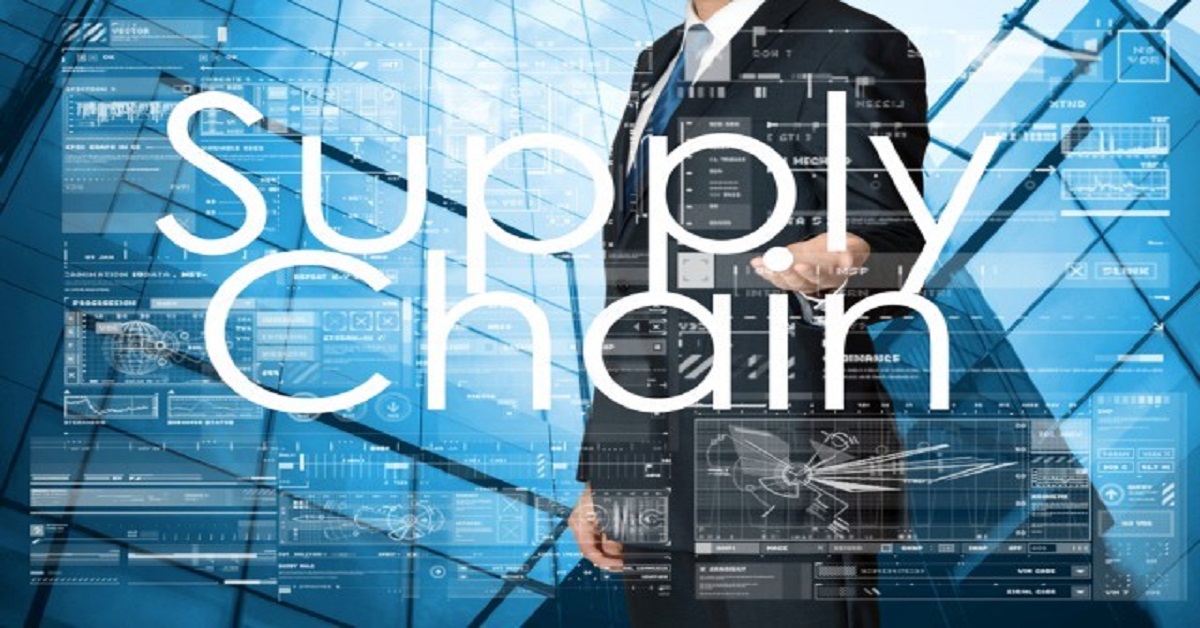5 Keys For A Successful Digital Supply Chain Transformation

Nowadays, it’s widely accepted that supply chains need to digitise to remain competitive. Modern businesses and consumers demand high degrees of efficiency and transparency, and an entirely digitised supply chain is simply better equipped to meet those expectations. Getting to that point, however, can mean many changes, often different for each business. Below, we look at five of the key points involved in the successful transition to an efficient digitised supply chain.
Blockchain Integration
Blockchain is sometimes discounted because of its association with bitcoin. However, it’s essential to recognise that blockchain technology doesn’t necessarily need to be paired with cryptocurrency. Instead, it can be used to establish transparency and reliability in all different sorts of transactions or exchanges. Accordingly, a Forbes look at evolving supply chains cited blockchain as “an invaluable asset in the supply chain” for its ability to elevate the level of trust in recording product movements. Specifically, blockchain integration can make it such that every person or entity within the supply chain independently verifies the flow of products and shipments, providing a digitally logged, irreversible record of supply chain movements.
Modernised Electronics
Some of the next few “keys” we’ll discuss will depend largely on small electronic sensors and other wirelessly connected IoT devices. These are essential to the modern, digitised supply chain, and they, in turn, depend on new, adapted electronics. It’s for this reason that state-of-the-art printed circuit boards also need to be considered as essential elements of digitised supply chains. Standard PCBs won’t necessarily always work for the small but powerful sensors that comprise so much of a modern supply chain, meaning that high-density and flexible PCBs need to be used instead. An analysis of PCB board thickness by Altium documents how advanced design tools now give engineers the ability to design PCBs with various depth, layers, and sometimes flexibility to suit modern technologies. This, in turn, helps to produce some of the sensors and other automation technologies we’ll discuss below.
Big Data Approach
Ultimately, the point of many of those small electronic sensors and IoT devices is to collect and communicate data. And the reality is that any modern supply chain looking to embrace digitisation needs to be equipped to gather and analyse vast amounts of data. It may pertain to when products are delivered, which routes were most efficient for shipping vehicles, how drivers performed, which conditions proved most useful, or even how quickly production is occurring before shipping takes place. All of this information can now be collected by a variety of electronic sensors and then fed into a computer system to produce precise data, from which adjustments can be made, and more efficient strategies can be developed.
Autonomous Vehicles
It can be difficult to tell exactly where we are these days with regard to autonomous vehicles. At times it seems as if we’re on the cusp of seeing the roads full of cars that are driving themselves. However, plenty of experts caution that the remaining hurdles will take a long time yet to clear; last year, Business Insider predicted it would be decades before we have fully autonomous cars. But those experts were focusing mainly on the idea of a car that would be 100% self-sufficient on the roads. When it comes to autonomous driving features, modern supply chains can already take advantage of numerous technologies. Fleet vehicles today can be designed to steer and manage speeds on long highways, alert drivers to maintenance needs, and automatically recognise conditions to adjust for optimal routing.
Automated Vehicle Communications
In addition to the autonomous driving features just outlined, supply chain fleet vehicles can also now take advantage of a variety of communication technologies that help them to be more in sync. This is something we discussed in the post ‘How Digitalisation is Making the Logistics Industry More Efficient?’ Specifically, the ideas of automated truck platooning and vehicle-to-vehicle systems came up, both relating to the concept of shipping vehicles automatically communicating with one another. The idea is that this will keep them operating on the same schedule, and enable supply chain managers to provide clients with more precise data about shipment locations and delivery times.
By taking advantage of these five keys — blockchain integration, modern electronics, big data, autonomous driving, and vehicle-to-vehicle communication — a modern supply chain can make a more comprehensive transformation to digital operations.
Article Exclusively for IoSCM by Janice R.
